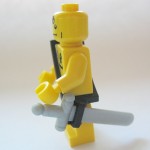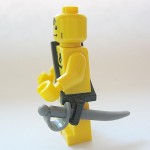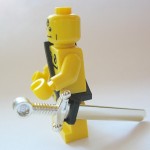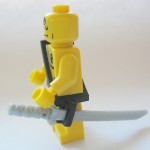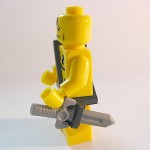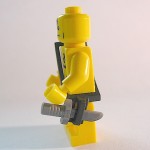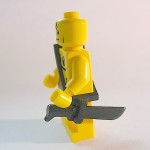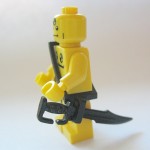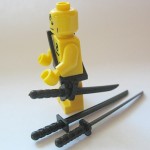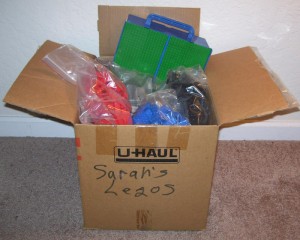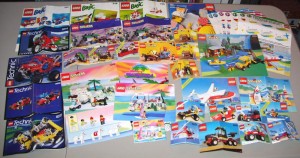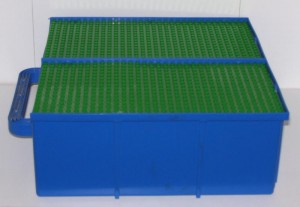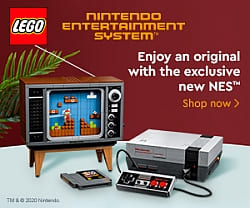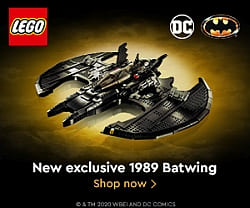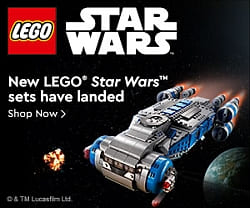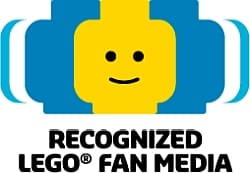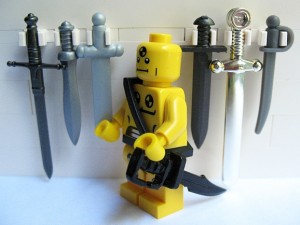 LEGO has finally come out with a scabbard, so minifigs can tuck away their swords when they are not fighting! This is great news, however the new scabbard is not compatible with all minifig-size swords; some are too long or too wide to fit, or their shape and curve may not be compatible with the scabbard’s design. Therefore I have put together this guide to show which swords are compatible with the LEGO scabbard, and which ones are not. This list also includes swords made by all major customizers.
LEGO has finally come out with a scabbard, so minifigs can tuck away their swords when they are not fighting! This is great news, however the new scabbard is not compatible with all minifig-size swords; some are too long or too wide to fit, or their shape and curve may not be compatible with the scabbard’s design. Therefore I have put together this guide to show which swords are compatible with the LEGO scabbard, and which ones are not. This list also includes swords made by all major customizers.
SWORDS MADE BY LEGO: The following LEGO swords are not compatible with the LEGO scabbard: I have to say I was quite disappointed that the little dagger (on the far left) did not fit! It has a nice size and shape, but unfortunately it is too thick to slip into the scabbard. The fencing-sword won’t fit because of the round tip. And the rest of the swords pictured here are much too large.
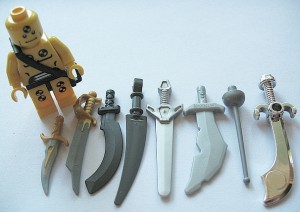
The following LEGO swords are compatible with the LEGO scabbard: As you can see these swords fit really nicely. The silver-chrome greatsword is a bit tight, so I would be concerned that it might put too much stress on the scabbard. However the other swords (and the two little knifes) fit perfectly!
SWORDS MADE BY BRICKFORGE: The following BrickForge swords are not compatible with the scabbard: These swords are all either too wide or too thick to fit the LEGO scabbard.
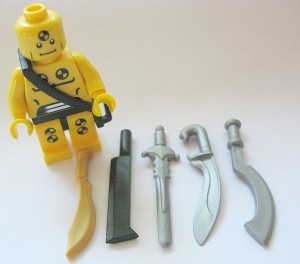
The following BrickForge swords are compatible with the LEGO scabbard: All of these Brickforge swords fit the LEGO scabbard nicely, although some the longswords are a tad tight and a bit too long to carry in a scabbard. I especially like the Wizard Sword (first picture) as the size fits the minifig really well.
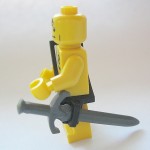
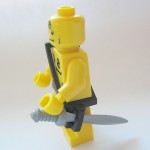
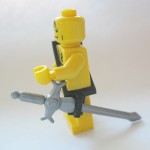
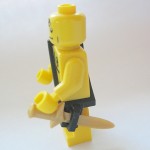
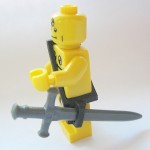

SWORDS MADE BY LITTLE ARMORY: All Little Armory swords are compatible with the LEGO sabbard. From all of the swords I have tried (both LEGO and custom) Little Armory’s swords fit the very best! They glide in smoothly and fit securely. Also, besides the giant greatsword, all the swords are a perfect fit for minifigs to carry at their side!
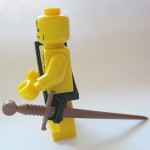
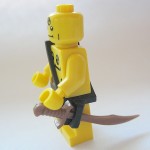
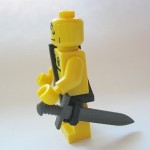
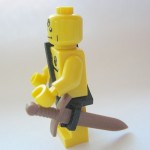
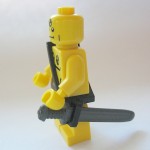
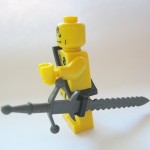
SWORDS MADE BY BRICKARMS: The following BrickArms swords are not compatible with the scabbard: I was hoping that the Tactical Sword will fit, but as you can see; it is much too loose in the scabbard.
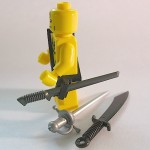


The following BrickArms swords are compatible with the LEGO scabbard: Although the Claymore does fit the scabbard it is much too long to carry. However the smaller Damien Blade (first picture) fits – although pretty loose. The machete (on the last picture) is a perfect fit!
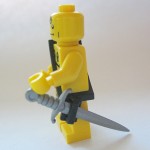
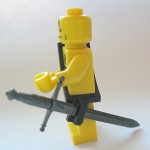
SWORDS MADE BY SIDAN TOYS: All Sidan Toys swords are compatible with the LEGO scabbard: The sword on the left fits the LEGO scabbard perfectly. It also has a really nice shape and balance. A very nice little sword! The two longer katanas are quite loose in the scabbard, however the shortest one fits nicely.
SWORDS MADE BY BRICKTW: None of the BrickTW swords are compatible with the LEGO Scabbard:
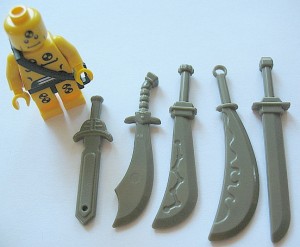
There you have it! Although not all minifig swords will fit the new LEGO scabbard, as you can see there are plenty of options if you want to give your minifig a blade at their side! 😛


